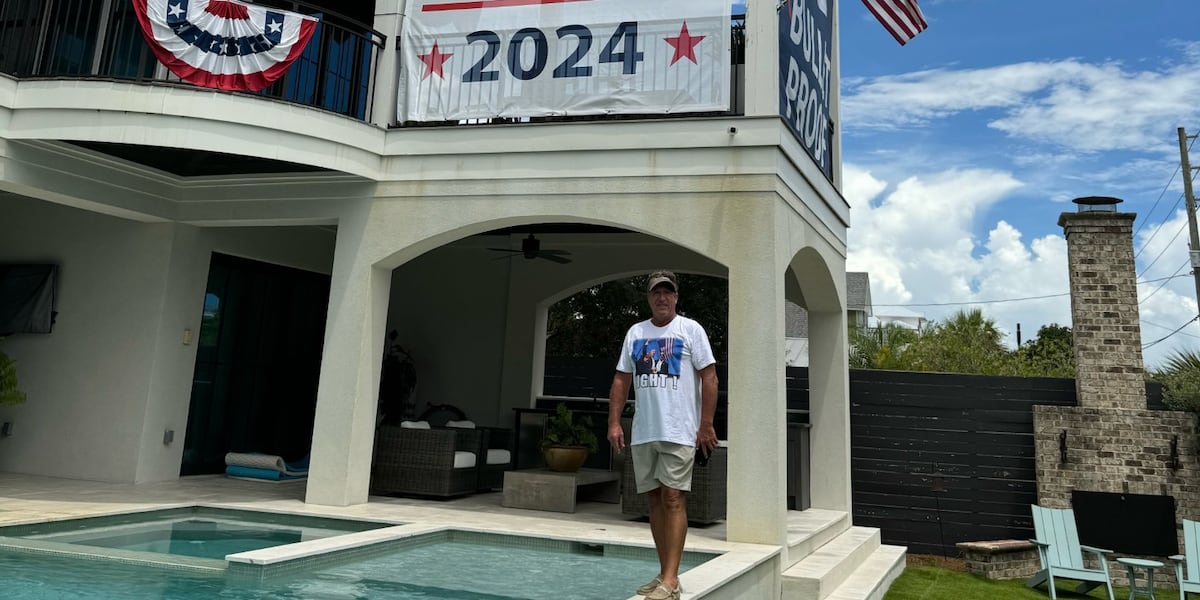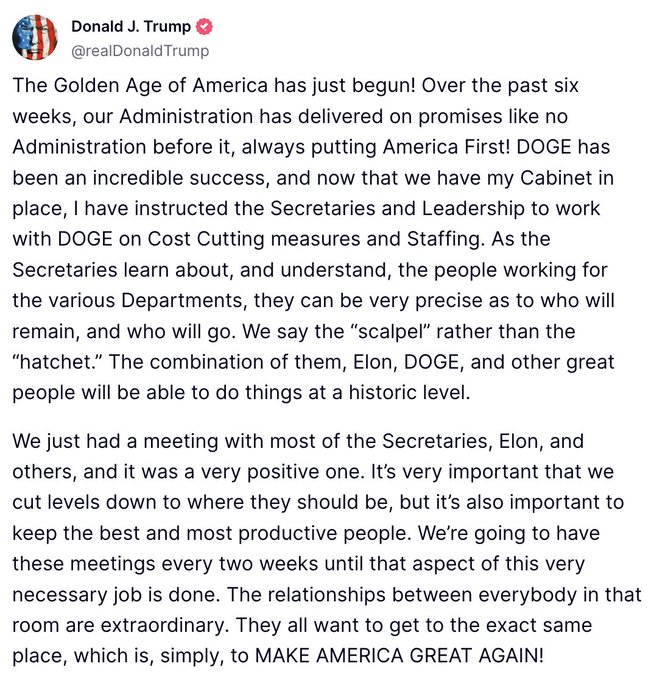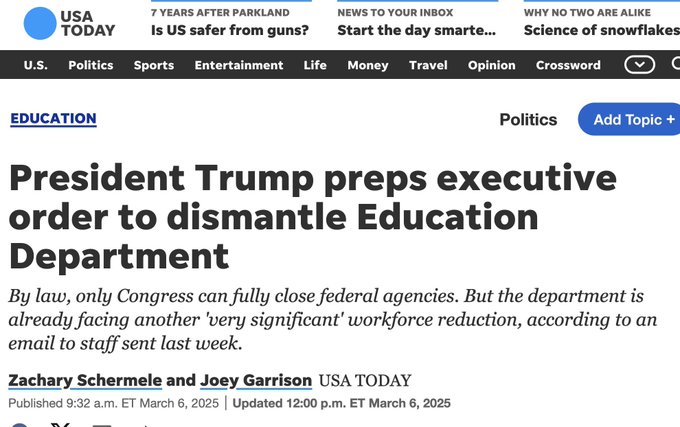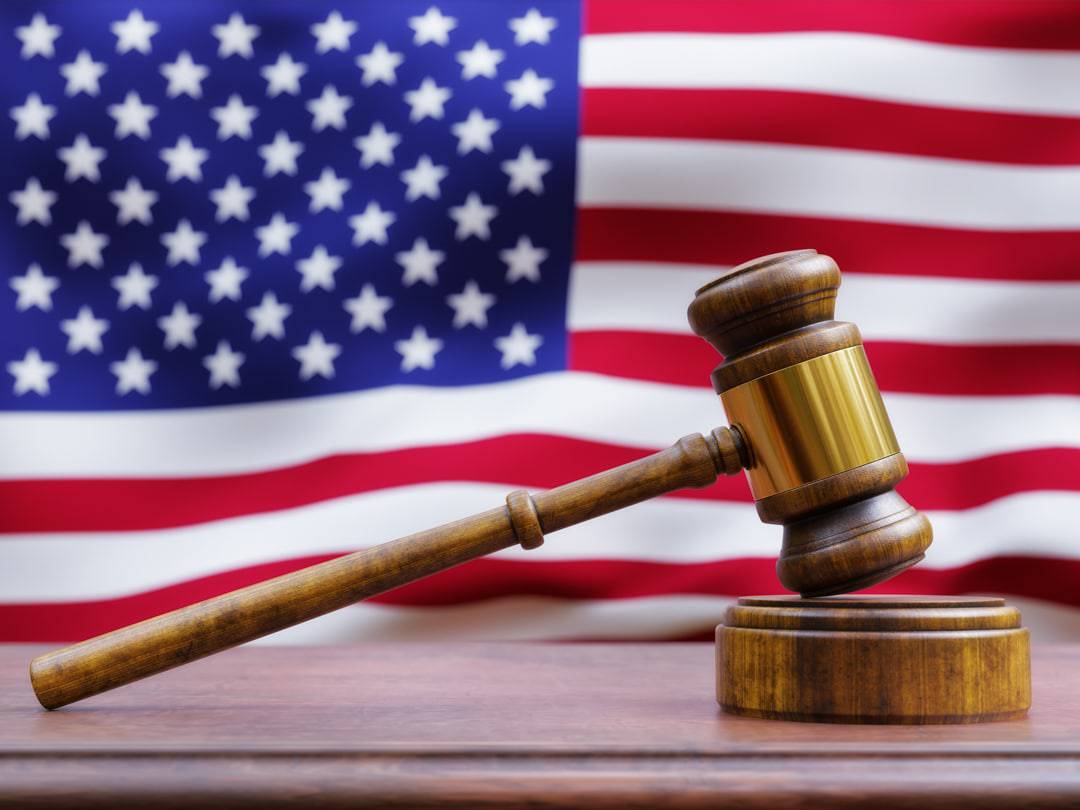
Owner of viral 30A ‘Trump’ house wins case against county, Walton to owe $42,000
SEAGROVE BEACH, Fla. (WJHG/WECP) - A house on 30A has gone viral over the years for its large display of pro-Trump banners, sparking conversation and a lawsuit that the homeowner won on Wednesday.
Walton County code compliance officials told the homeowner, Marvin Peavy, that the banners violated the scenic corridor code Scenic Corridor Code 6.10.05 after a complaint was filed for the display. The county began fining Peavy $50 daily after he refused to take the banners down, with Peavy claiming the county code violated his First Amendment rights.
“Their laws cannot supersede my First Amendment right, so they came after my constitutional rights which they cannot do. It woke me up as a patriot,” Peavy said in an interview with NewsChannel 7 in November. “I’m very happy that they came after me and I woke up, I’ve got great lawyers. We feel very good about what’s going on. The U.S. Supreme Court has already ruled that you can have signs on your home. They cannot do anything about it.”
Since 2020, Marvin Peavy has hung numerous banners, including “Trump 2020″, “Trump Now, Trump Won,” “You missed Trump 2024″ and “Bulletproof.”
According to court documents, Peavy and his lawyers made several arguments, one regarding a First Amendment violation, the next regarding selective code enforcement, and the last regarding technicality violations regarding hearings and notices being improperly conducted.
On Wednesday a circuit court judge ruled that Peavy can keep giant Donald Trump banners flying high.
As of November, Peavy had racked up approximately $63,000 in banner fees over several years. The scenic corridor code makes a political banner exemption during election years, with fines beginning 15 days after the election.
First Judicial Circuit Court Judge Jeffrey Lewis ruled that no fines or liens shall be assessed, asserted, collected, or established against the property. Jeffrey also ordered Walton County to pay Peavy $42,000 within the next ten days.

Owner of viral 30A ‘Trump’ house wins case against county, Walton to owe $42,000
A home in Walton County can keep giant Donald Trump banners flying high according to a circuit court judge’s ruling.









